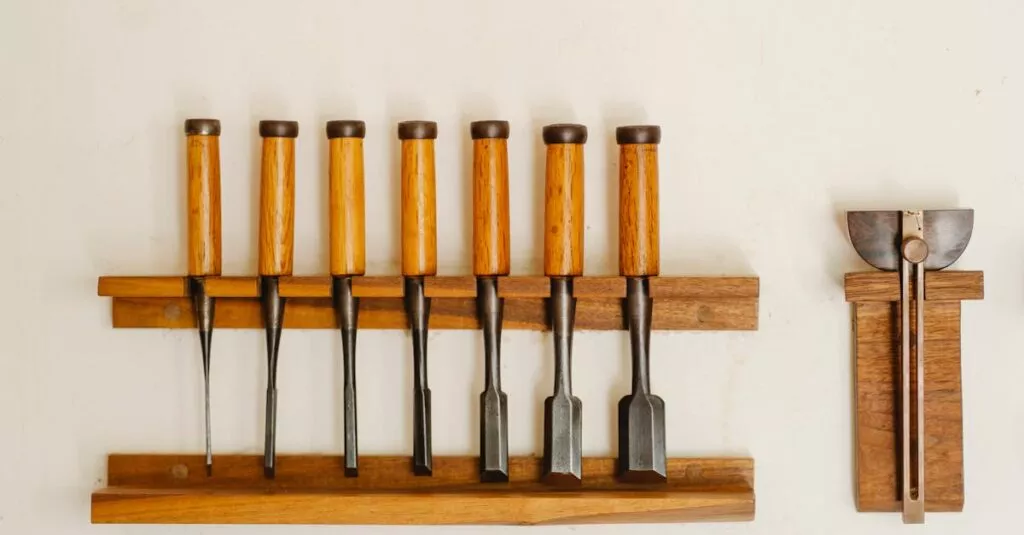The Essential Gear: Cameras and Lenses
First and foremost, the camera! Choose one with a fast shutter speed to capture animals in motion. Lenses are critical too. A telephoto lens helps you snap close-ups from a distance, while a wide-angle lens captures the beauty of the landscape. Also, pack a lightweight tripod for stability. Without these basics, wildlife photography could become a frustrating experience.

Comfortable Clothing and Footwear
Dress for the occasion! Wear breathable, moisture-wicking clothing to stay comfortable in various weather conditions. Opt for earthy tones to blend into the surroundings. Comfortable, waterproof boots are a must. You don’t want painful feet distracting you from that perfect shot. Layer up so you can add or remove pieces as the weather changes. Your clothing can make or break your adventure.

Make sure your outdoor clothing and footwear are both functional and comfortable. Choose materials that allow your skin to breathe and move with ease. Dressing appropriately can greatly enhance your outdoor experience.
Survival Kit: Be Prepared for Anything
Don’t forget your survival kit! This should include a map, compass, multi-tool, and flashlight. Throw in extra batteries and perhaps a portable phone charger. These items ensure that you’re prepared for anything nature throws your way. Personally, I’ve been saved by my trusty multi-tool countless times. Being prepared means you can focus more on photography and less on potential mishaps.

Snacks and Hydration: Fuel for the Adventure
Wildlife photography can be exhausting, so pack plenty of snacks and water. Think protein bars, trail mix, and fruits. Hydration is critical, especially on hot days or lengthy treks. A small insulated cooler can keep your drinks cool. A few years back, I nearly missed a perfect shot because I was too dehydrated to focus. Learn from my mistake—stay hydrated and well-fed!

Capture the Moment: Memory Cards and Batteries
Imagine spotting the perfect scene and running out of storage or battery! Always carry extra memory cards and fully charged spare batteries. A portable power bank is also handy. These small items are lifesavers in the field, ensuring you never miss out on capturing magical moments. Better to have them and not need them, trust me!

Research and Planning: Know Your Wildlife
The more you know about the animals you’re photographing, the better. Research their habitats, behaviors, and active times. This knowledge will help you predict their movements and capture better shots. I usually spend a couple of days reading up on the wildlife in the area. It’s less about luck and more about preparation. Know your subject, and your photos will stand out.

Summary: Researching and understanding the wildlife you photograph can make a significant difference in the quality of your shots. Prior knowledge about their habits and habitats will enhance your ability to capture stunning images.
Stay Safe: First Aid and Safety Measures
Your safety comes first. A basic first aid kit is essential for any wildlife photography trip. Include band-aids, antiseptic wipes, and pain relievers. Additionally, let someone know your itinerary and expected return. This small step can make a huge difference. Once, I had a minor fall and regretted not having band-aids. Now, my first aid kit is always with me. Better safe than sorry!

